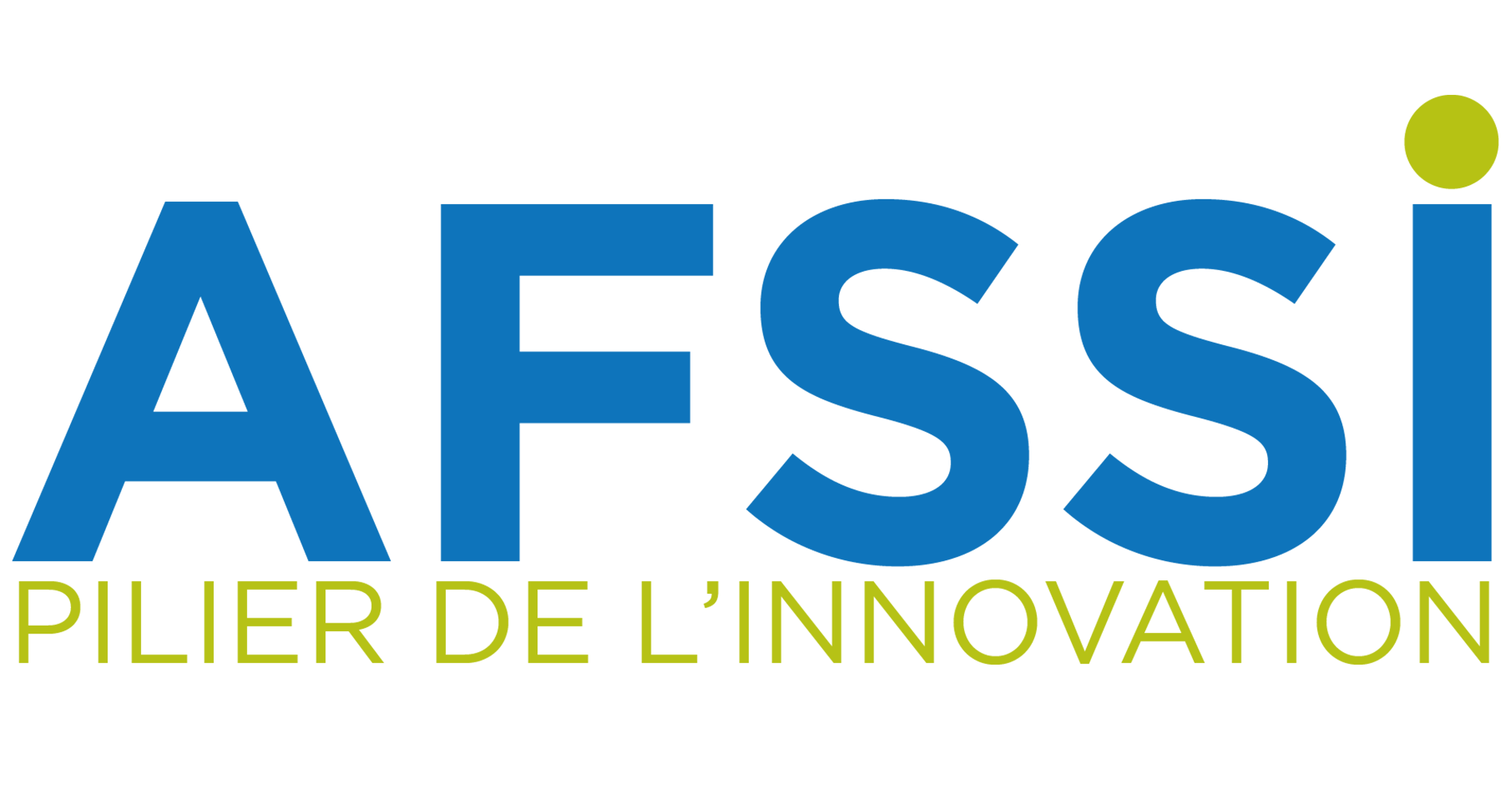Here, in addition to in subsequent steps, it has proved helpful to use adhesive notes to post the person major and subsidiary causes about the principle backbone. Since these notes can be easily attached and moved, it will make the process more flexible and the result simpler for the participants to visualise. If one makes use of brainstorming to establish possible causes, then as soon as the brainstorming is completed, course of the ideas generated into the structured order of a cause-effect diagram. To start making a cause and effect diagram, write the main concern or problem to be analyzed in a box that’s usually on the proper fringe of the page, midway down the drawing space or web page.
Cause And Effect Diagram Complimentary Strategies
Cause and effect diagrams begin with the effect on the heart of the diagram, represented by a box or a circle. Then, branches get drawn out from the middle, representing potential causes of the impact. This helps teams to establish multiple components that contribute to an observed effect.

Trigger And Effect Diagrams For Pmp

For example, beneath the category of « individuals, » you might list components such as training, motivation, and workload. By inspecting the relationships between these varied components, you’ll be able to determine the root causes of the issue and develop methods to handle it. Whether in manufacturing, healthcare, or service industries, Cause and Effect Diagrams provide a structured strategy to problem-solving. Embrace the ability of Cause and Effect Diagrams to unlock the hidden causes behind your challenges and pave the means in which for meaningful solutions. Cause and Effect Diagrams, also called Fishbone Diagrams or Ishikawa Diagrams, are priceless instruments used to determine and analyze the foundation causes of a problem or an effect.
Continue including potential causes to the diagram till each department reaches a root cause. As the C-E diagram is constructed, staff members tend to maneuver again along a chain of events that’s typically called the causal chain. Teams transfer from the last word effect they are making an attempt to elucidate, to main areas of causation, to causes inside every of those areas, to subsidiary causes of every of those, and so forth. Teams ought to stop only when the last trigger out on the end of each causal chain is a possible root trigger. The causes emerge by analysis, often via brainstorming sessions, and are grouped into classes cause and effect diagram definition on the principle branches off the fishbone.
Control of speed relies on correct functioning of the throttle and governor, but correct management with the throttle is dependent on right calibration and proper functioning of the linkage. After identifying the main causes, choose one of them and work on it systematically, figuring out as many causes of the major cause as possible. Take each of those “secondary” causes and ask whether there are any related causes for each of them.
- With potential causes identified and categorized, the staff can then draw the trigger and impact diagram using a visible software like Miro.
- One of the primary strengths of cause and effect diagrams is their capacity to offer a visible representation of complex issues.
- Lost management could arise from a mechanical failure; that failure may be a brake failure, which, in turn, may come both from fluid loss or from worn pads.
- If the phenomenon to be explained is resistance to the proposed remedy, then the team can assemble a cause-effect diagram to help identify an important resistances it will want to address.
- Since these notes can be easily hooked up and moved, it’s going to make the method extra flexible and the result easier for the members to visualise.
Advantages Of The Process
Creating a trigger and impact diagram is an easy course of that may help teams identify and address problems. A small group from the department was asked to contribute to the cause-and-effect analysis. They took part in three brainstorming sessions including training on the methods of constructing the diagram.

This ensures that completely different views and information can contribute to identifying the foundation cause(s). A manufacturing staff uses a cause and impact diagram to determine the causes of product defects. The diagram shows that a defective machine half might contribute to defects within the product’s measurement, form, and shade, as properly as affect the machine’s overall performance.
Just click on on any of then and you’ll immediately begin modifying them online. But if you prefer extra colorful ones or ones with some pictures then there are a lot more fishbone diagram examples in our diagramming group Warehouse Automation. Whether it’s manufacturing or another niche, step one is to to clearly define the result or the effect of the evaluation. After making a trigger and impact diagram, the staff needs to evaluate it and determine potential causes that most likely contribute to the problem.
By following these steps, you systematically determine, categorize, and visualize components, enabling a complete understanding of the difficulty at hand. Fishbone diagrams can be defined as a diagram that shows the potential causes of a selected event or an issue. They were first introduced by Kaoru Ishikawa in 1968 which is why they’re typically known as Ishikawa diagrams. He pioneered the quality management processes at Kawasaki and used Ishikawa diagrams as part of the method. Since complex diagrams could be overwhelming, involving all group members within the analysis is important.
However, it’s important to understand their limitations and underlying ideas. After another six months, a follow-up audit and affected person satisfaction survey have been conducted to offer quantitative and qualitative information to improve patient ready instances. The most serious attainable misinterpretation of a cause-effect diagram is to confuse this orderly association of theories with actual knowledge. The C-E diagram is a strong and helpful approach to develop theories, display them, and take a look at their logical consistency. Generally, each primary department of the diagram could have a minimum of three or four extra branches.
Typical makes use of of the Ishikawa diagram are product design and high quality defect prevention to identify potential factors inflicting an overall effect. One of the primary strengths of cause and impact diagrams is their capability to supply https://www.globalcloudteam.com/ a visual illustration of complicated issues. The diagram’s fishbone construction permits for a transparent and organized display of potential causes and their relationships, making it easier for teams to know and talk.

